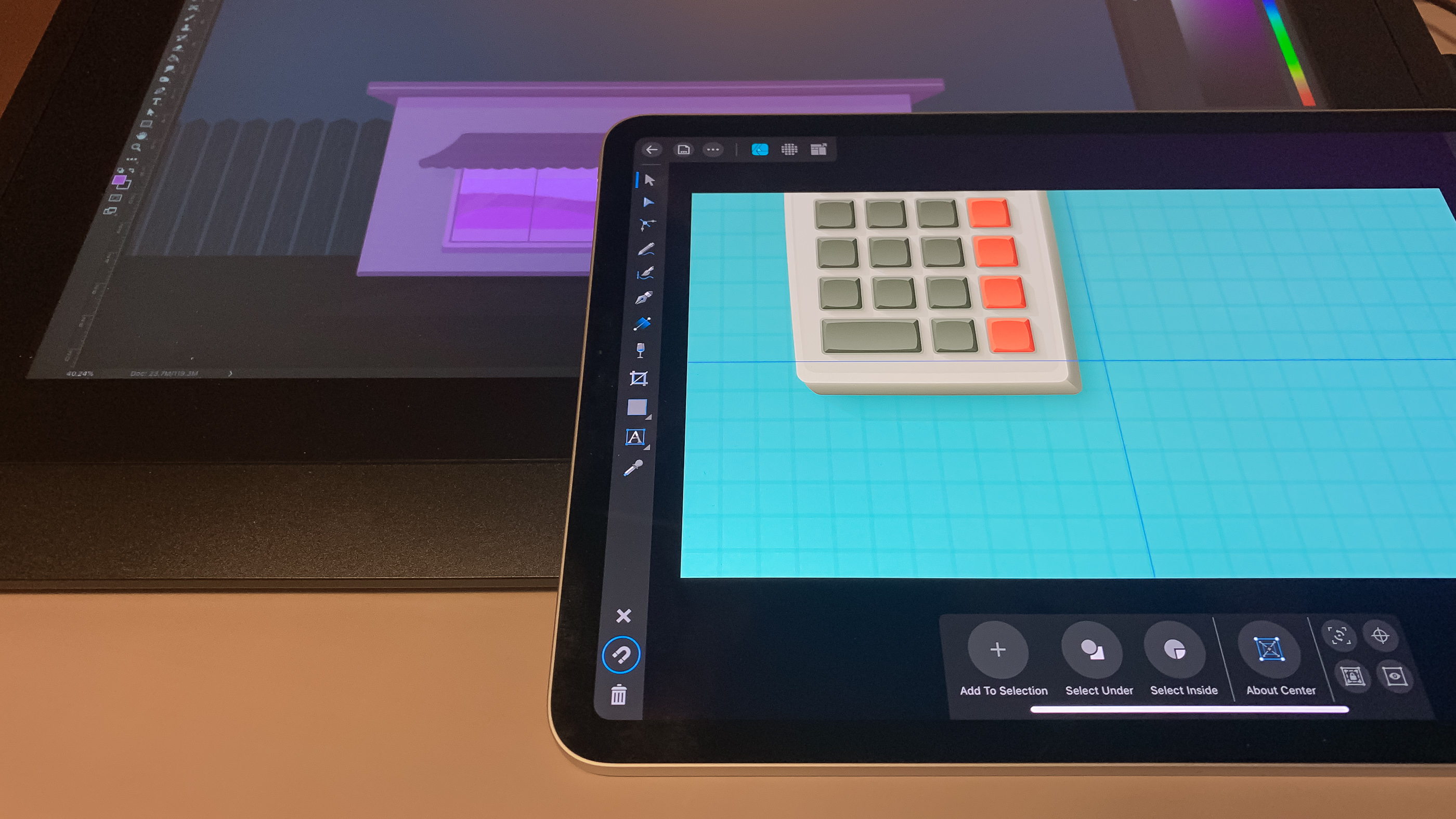

They haven’t yet revealed how many sensitivity levels are in any of their Apple Pencils. Unfortunately, Apple is a bit of a black sheep in this sector. Even Microsoft, with its Surface Pen, has a still respectable 4,096 levels of sensitivity. Meanwhile, Wacom’s latest drawing tablet has an incredible 8,192 levels of sensitivity, and there are artists who have grown accustomed to that and will take no less. Some artists will do well with 2048 levels of sensitivity. Even among artists, there isn’t consensus over how much qualifies as good enough. To be honest, there isn’t a set of universally accepted standards over how many sensitivity levels a stylus should come with. The greater the range of sensitivity levels supported by the stylus, the greater the degree of control you have over how much pressure you can put into your pen or brush strokes.

That is, each stylus has a set range of pressure levels that it can detect, and those are translated to different thickness strokes on the canvas. Styluses enable this feature by supporting different levels of sensitivity. For you to be able to do this on a digital drawing tool, the stylus of the tablet should be able to do the exact same. With such things, you press harder with the tool on the canvas when you want to make a stronger mark.

Think about how we use drawing pencils and brushes in real life. Can an iPad replace a drawing tablet? Pressure sensitivity Hopefully, at the end, you will be in a much better place to make a decision. We will take a look at the two and go into the details of their pros and cons. In case you’re mulling over the question of whether to buy a dedicated drawing tablet for your journey as a digital artist, or whether to just get an iPad, then this article is for you. The billion dollar question here is whether Apple is up to the task. Apple has included an Apple Pencil in its latest generation of iPads and wants to provide the same features in an iPad that users get from a drawing tablet. However, as technology continues its onward march, the category of drawing tablets is becoming less strict as other more general purpose tablets begin to take on the drawing market. They are specialized for the job and they do it well. They give artists the ability to create incredibly beautiful digital works of art using many of the same skills that they’ve been using on traditional drawing media.
Using an ipad pro as a wacom tablet free#
Sidecar will come included free with the macOS Catalina update.Drawing tablets and graphics tablets have grown quite popular over the years. We’ve reached out for more clarification, and we’ll also be testing out the app to see how well it works. The feature is capable of mirroring desktops, and Apple says “developers don’t need to do anything for Sidecar support - it just works,” so hopefully the Sidecar Apps section is just a selection of which apps are supported. Curiously, Adobe Photoshop, (which is coming out as a standalone iPad app sometime this year) isn’t on this list. The feature will offer a sidebar for commonly used controls, with modifier keys for shortcuts, and Touch Bar support showing up in the form of a control at the bottom of the iPad screen, even if your Macbook Pro doesn’t have one.Īpple’s listed out what apps are supported here, which include heavy-duty apps like Adobe Illustrator, Maya, and Final Cut Pro. The new feature will likely spell trouble for third-party apps like Duet Display and Astropad, which have carved out a niche space providing the same service for artists.
Using an ipad pro as a wacom tablet mac#
Sidecar will work with any Mac app that supports stylus input, and it can work as a creative tool like a Wacom tablet. The Mac can be paired with iPads wired or wirelessly, and will have Apple Pencil support when using the new feature. A new feature in macOS Catalina, called Sidecar, will let an iPad act as a second display for the Mac.


 0 kommentar(er)
0 kommentar(er)
